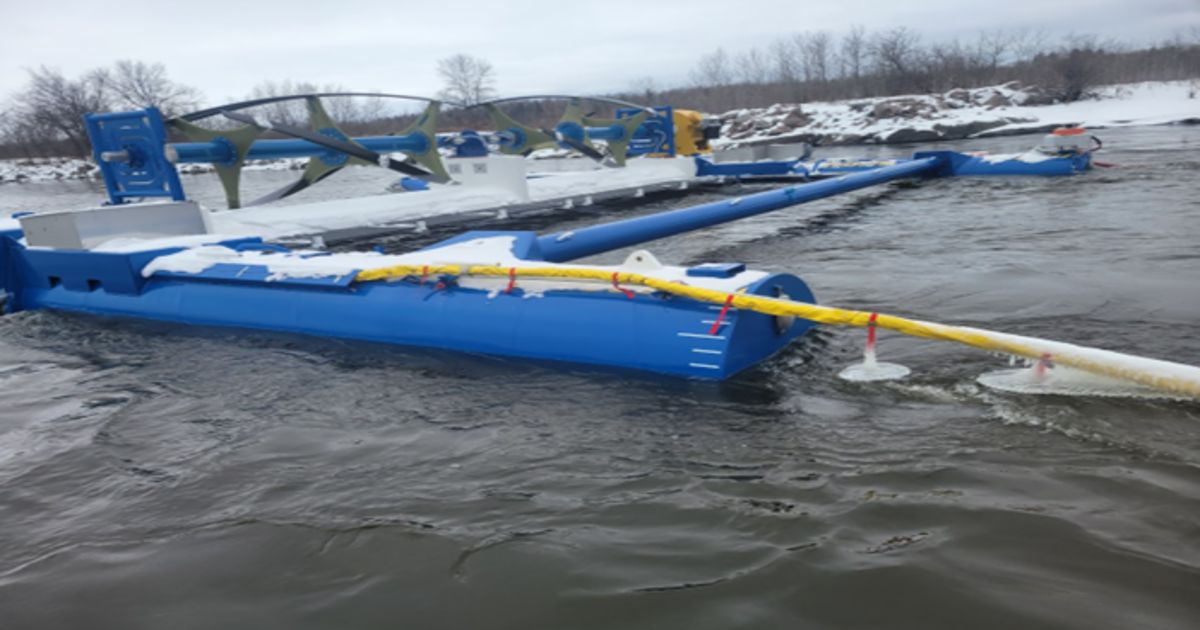Exploring Renewable Energy: Innovations in Wind and Tidal Energy Turbines
A special issue of Energies (ISSN 1996-1073). This special issue belongs to the section "A3: Wind, Wave and Tidal Energy".
Deadline for manuscript submissions: 10 July 2026 | Viewed by 1316

Special Issue Editors
Interests: renewable energy; river hydrokinetic turbines; power cycles for biomass; 100% renewable energy homes
Special Issues, Collections and Topics in MDPI journals
Interests: marine renewable energies; tidal turbines; fluid structures interactions
Special Issues, Collections and Topics in MDPI journals
Special Issue Information
Dear Colleagues,
Substantial technological advancement is imperative for the scaled development of cost-effective ocean-based renewable energy technologies to facilitate the global transition to sustainable energy systems. Ocean renewable energy sources possess the potential to significantly contribute to this transition, with offshore wind farms and tidal current arrays offering substantial and predictable energy generation capacity. Significant research and development opportunities exist to advance ocean and tidal energy technologies toward commercial-scale deployment. Further research is necessary to achieve cost parity with established energy sources, as both offshore wind turbines and tidal hydrokinetic turbines exhibit considerable potential for cost reduction through technological innovation and economies of scale.
This Special Issue addresses critical aspects of offshore wind and tidal turbine technologies, presenting cutting-edge research findings that encompass the following:
- Ocean Wind and Tidal Resource Assessment: Characterization and high-fidelity modeling of ocean wind and tidal current resources, including spatial and temporal variability analysis.
- Offshore Wind and Tidal Energy Converter Development and Testing: Investigation of nearshore and offshore wind turbine technologies (fixed-bottom and floating) and tidal energy conversion devices. This includes novel design concepts validated through laboratory-scale experiments, field deployments, and advanced computational fluid dynamics simulations.
- Structural Integrity and Fatigue Analysis: Analysis of component stress and fatigue under complex loading conditions, incorporating fluid–structure interaction analysis, experimental validation via laboratory and field measurements, and investigations of material fatigue behavior under cyclic loading and environmental stressors.
- Wind Farm and Tidal Array Optimization: Optimization of wind turbine farm and tidal turbine array layouts, considering inter-turbine/device wake effects, power output maximization, and grid integration considerations.
- Environmental Impact Assessment: Evaluation of the environmental impacts of ocean energy devices on marine ecosystems, including effects on marine mammals, avifauna, and fish populations, as well as analyses of sediment transport and benthic habitat disruption.
- Field Deployment and Performance Evaluation: Reporting of field deployment results, including performance data, operational experience, and lessons learned from real-world deployments of ocean energy technologies.
- Microgrid Integration and Energy Storage: Design and analysis of microgrid configurations incorporating ocean renewable energy sources to supply power to coastal communities, including the integration of energy storage systems to enhance grid stability and reliability.
Dr. Eric L. Bibeau
Prof. Dr. Sylvain Guillou
Guest Editors
Manuscript Submission Information
Manuscripts should be submitted online at www.mdpi.com by registering and logging in to this website. Once you are registered, click here to go to the submission form. Manuscripts can be submitted until the deadline. All submissions that pass pre-check are peer-reviewed. Accepted papers will be published continuously in the journal (as soon as accepted) and will be listed together on the special issue website. Research articles, review articles as well as short communications are invited. For planned papers, a title and short abstract (about 250 words) can be sent to the Editorial Office for assessment.
Submitted manuscripts should not have been published previously, nor be under consideration for publication elsewhere (except conference proceedings papers). All manuscripts are thoroughly refereed through a single-blind peer-review process. A guide for authors and other relevant information for submission of manuscripts is available on the Instructions for Authors page. Energies is an international peer-reviewed open access semimonthly journal published by MDPI.
Please visit the Instructions for Authors page before submitting a manuscript. The Article Processing Charge (APC) for publication in this open access journal is 2600 CHF (Swiss Francs). Submitted papers should be well formatted and use good English. Authors may use MDPI's English editing service prior to publication or during author revisions.
Keywords
- wind energy
- offshore wind energy
- ocean energy
- tidal turbines
- hydrokinetic turbines
- river hydrokinetic
Benefits of Publishing in a Special Issue
- Ease of navigation: Grouping papers by topic helps scholars navigate broad scope journals more efficiently.
- Greater discoverability: Special Issues support the reach and impact of scientific research. Articles in Special Issues are more discoverable and cited more frequently.
- Expansion of research network: Special Issues facilitate connections among authors, fostering scientific collaborations.
- External promotion: Articles in Special Issues are often promoted through the journal's social media, increasing their visibility.
- Reprint: MDPI Books provides the opportunity to republish successful Special Issues in book format, both online and in print.
Further information on MDPI's Special Issue policies can be found here.






